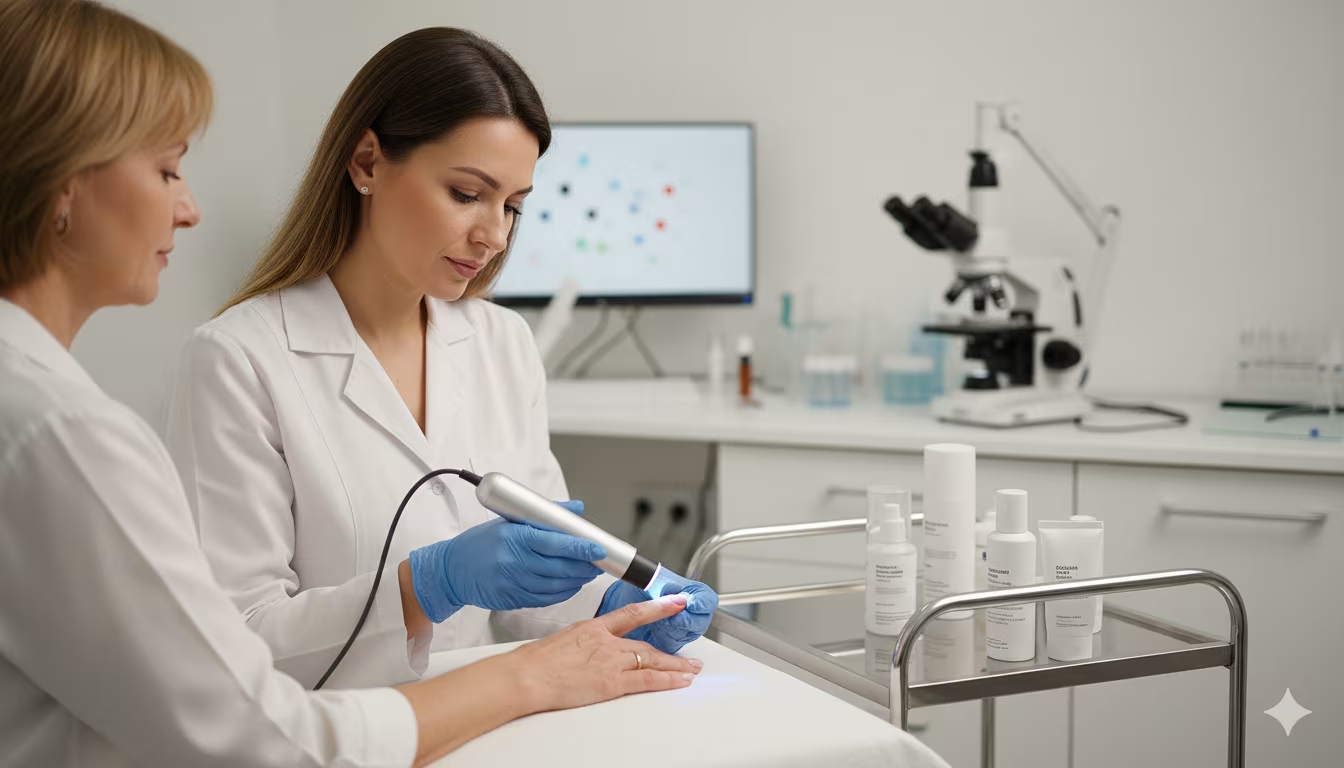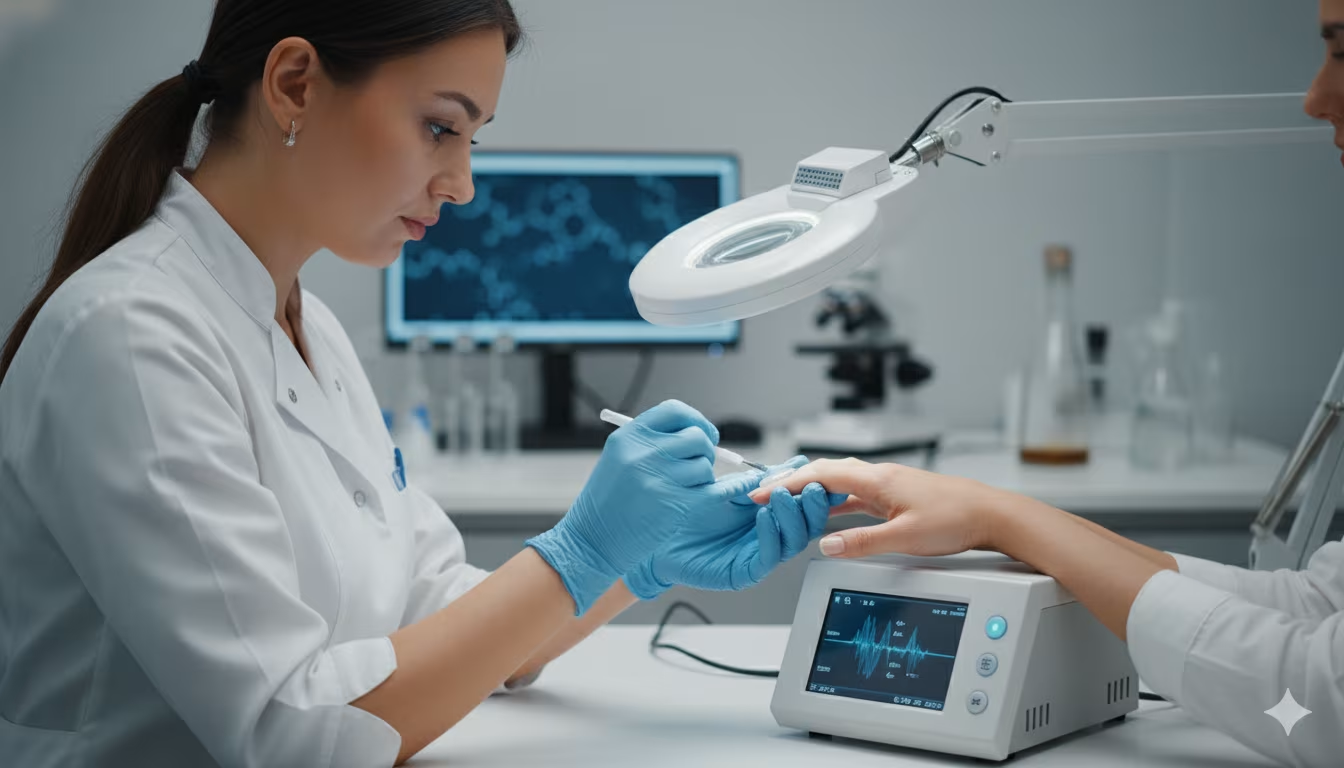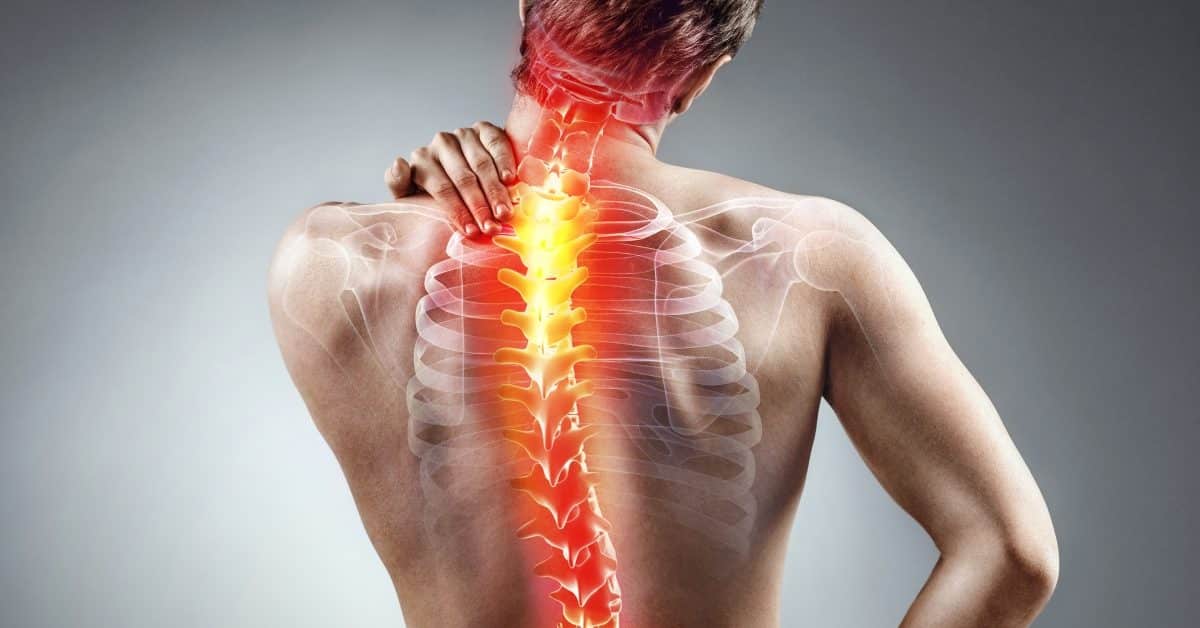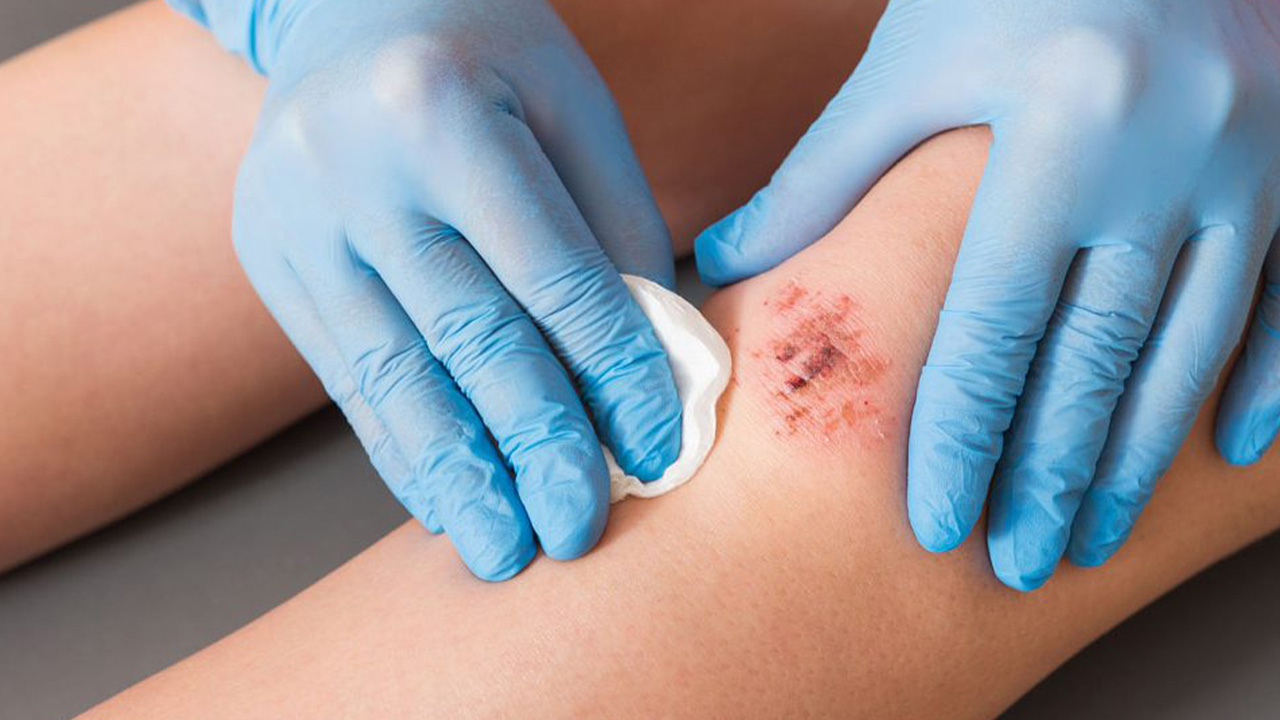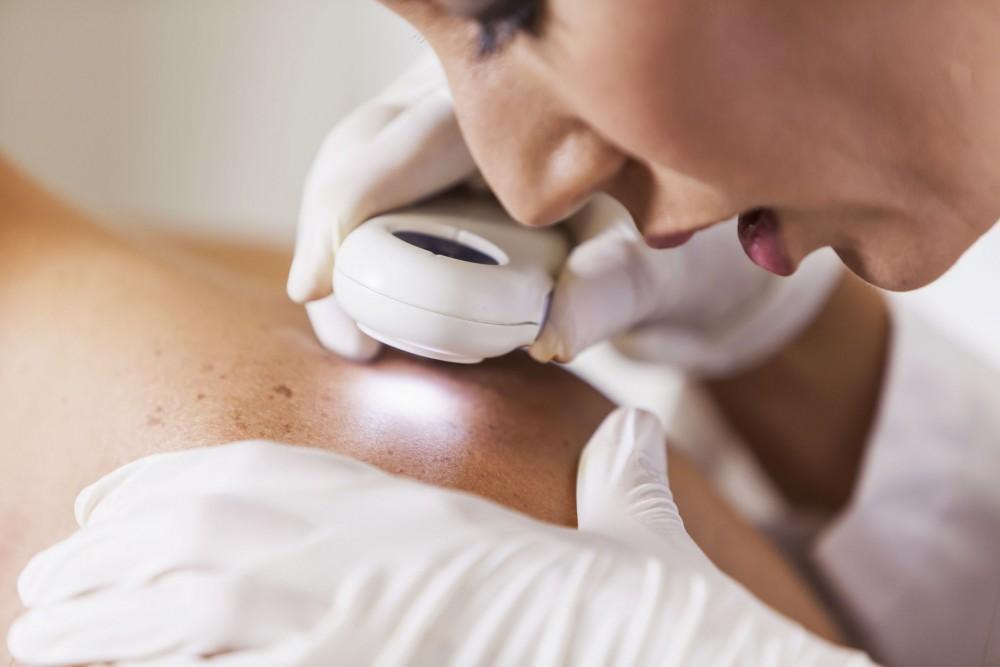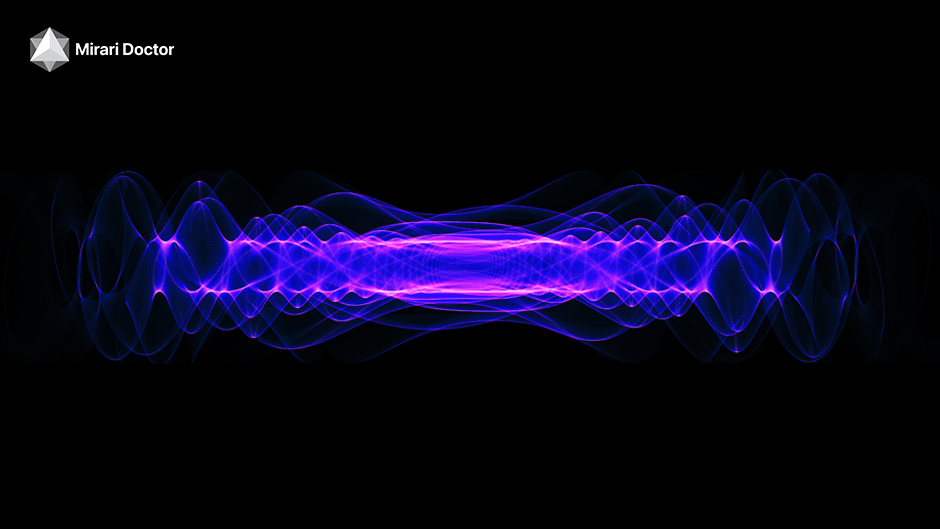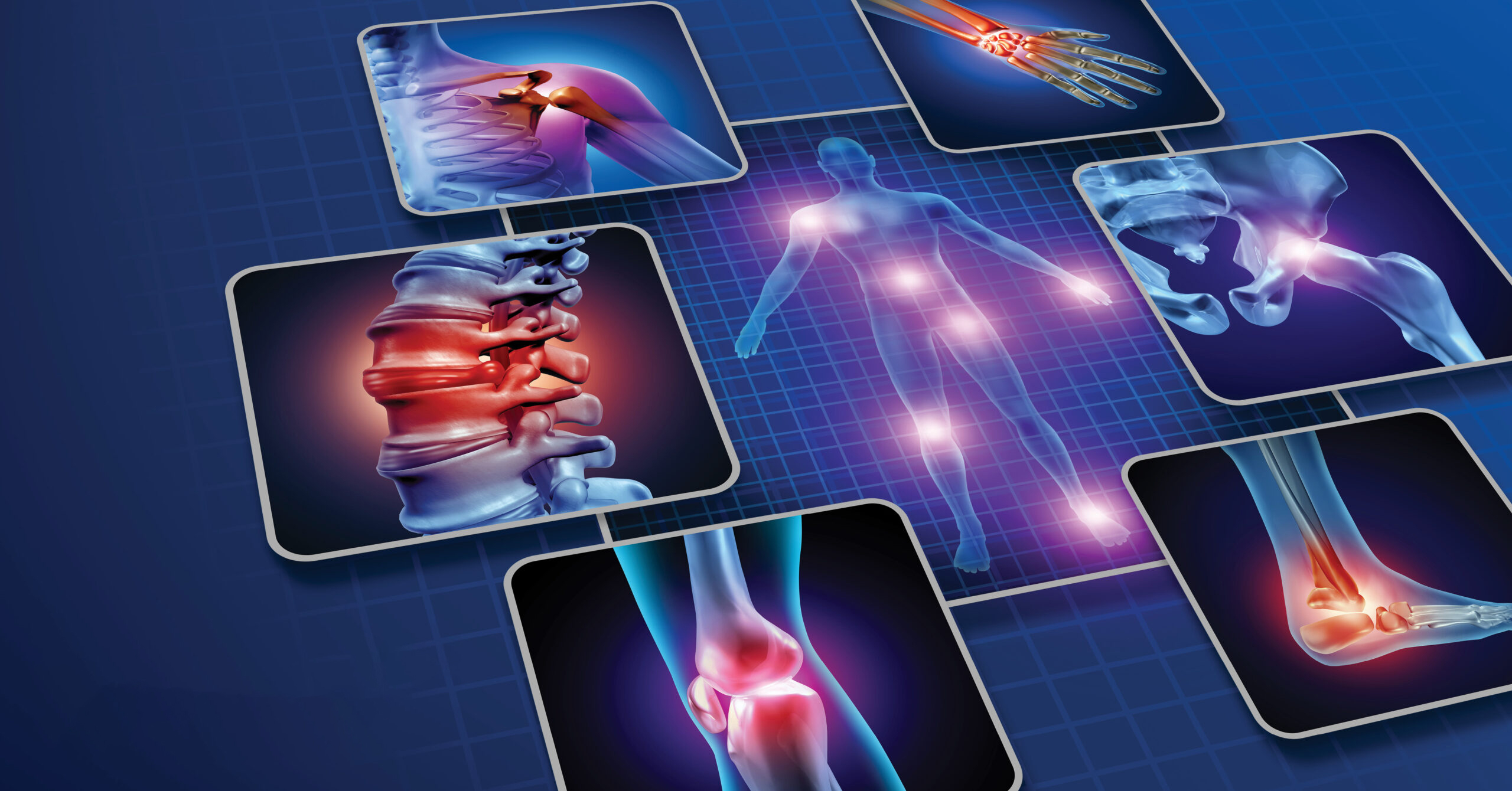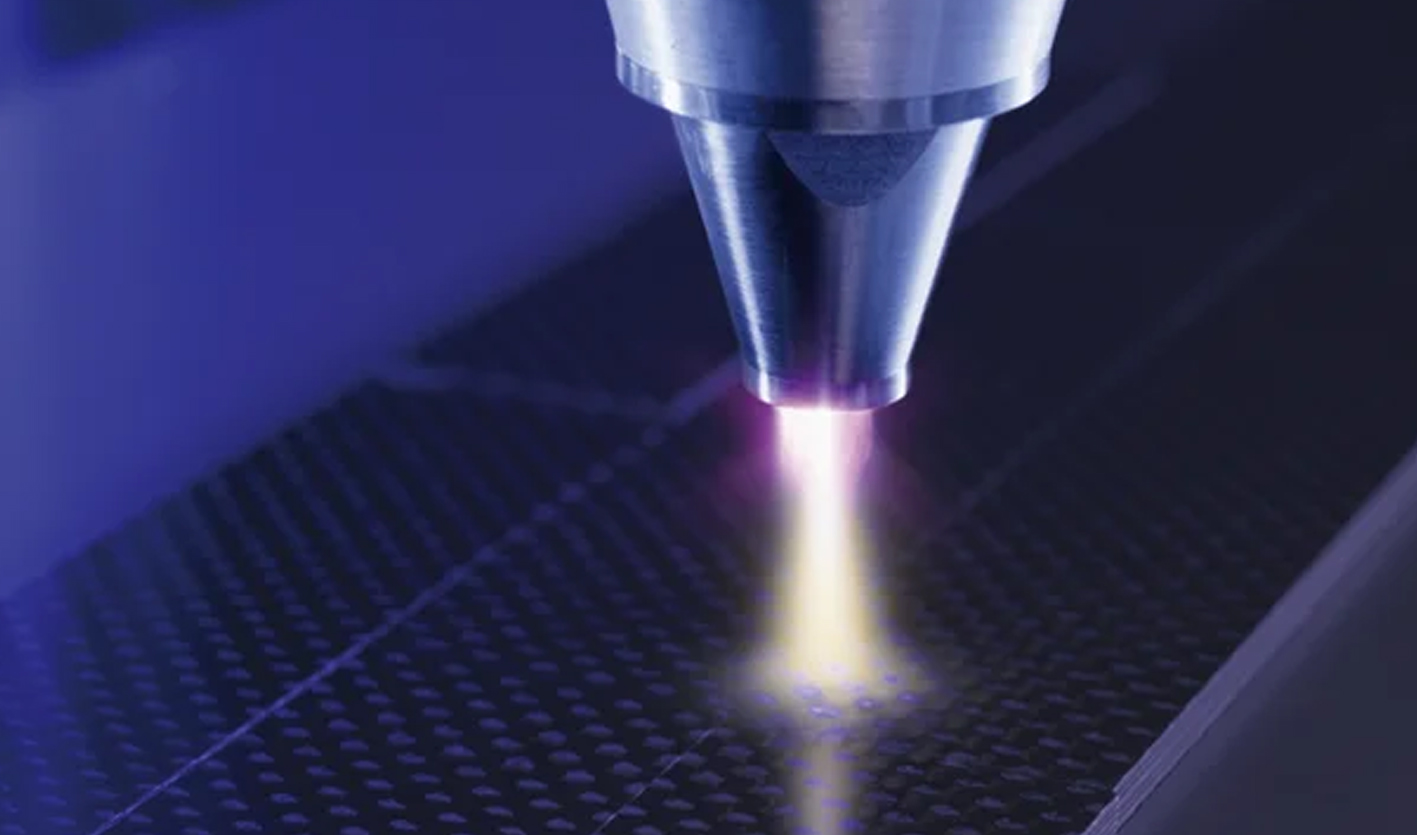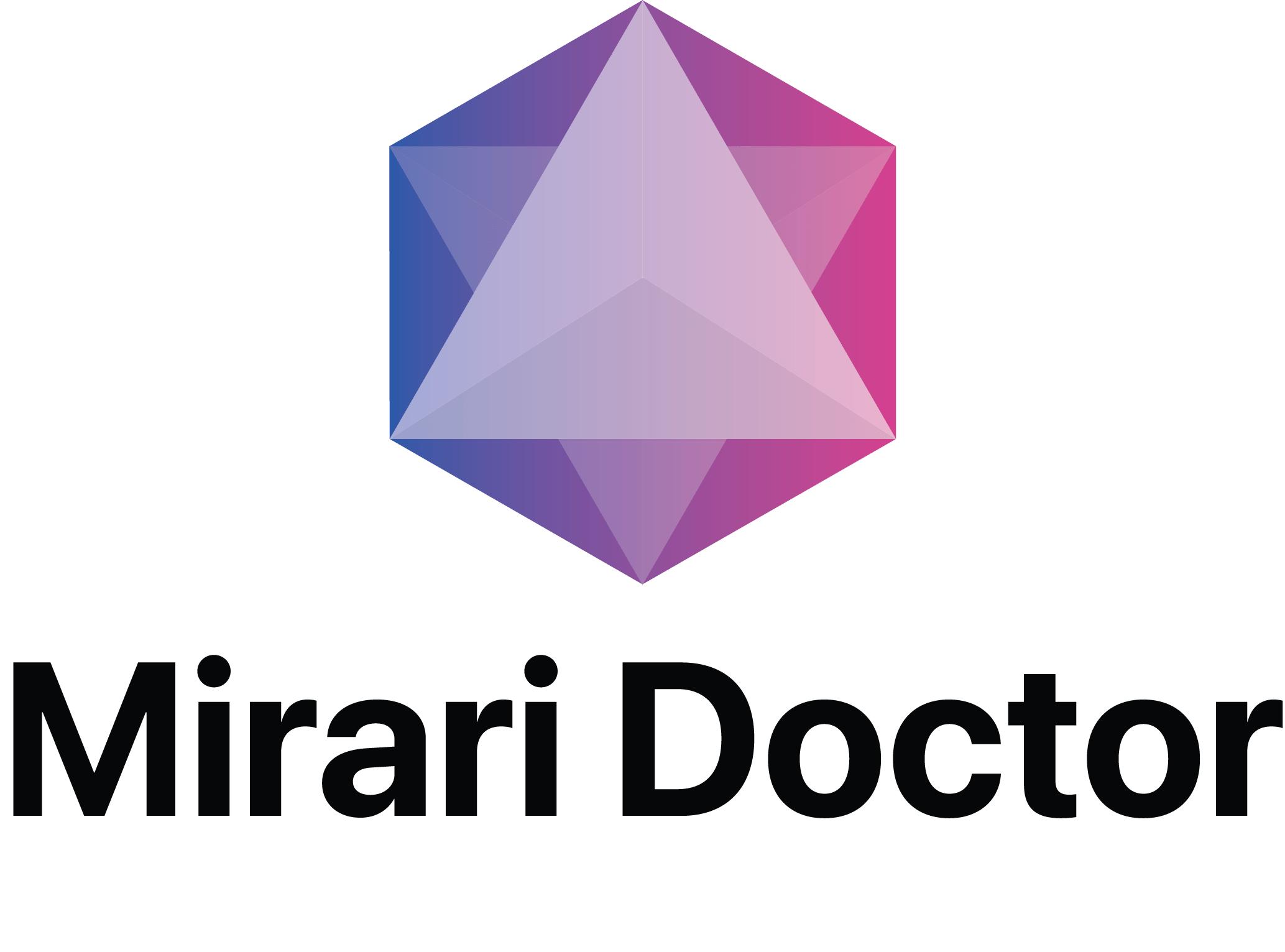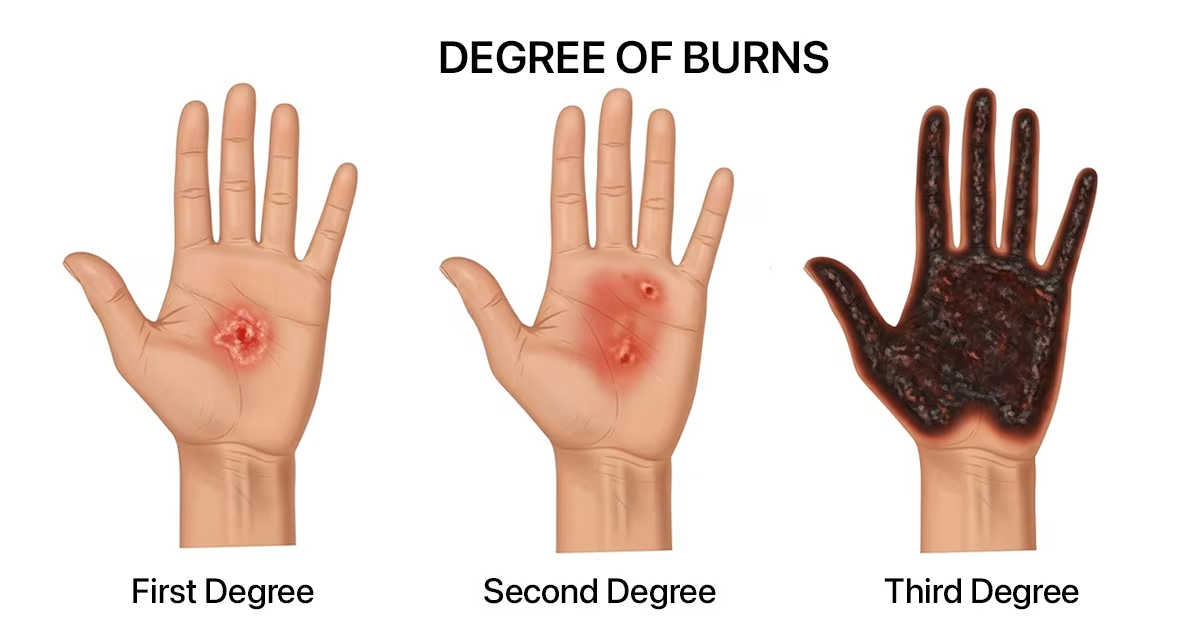
You May Be Interested In:
1st 2nd 3rd degree burn treatment requires immediate action and proper care protocols[1]. Burns affect millions annually, with treatment approaches varying significantly based on burn depth and severity[2]. Understanding proper burn classification and treatment protocols can prevent complications, reduce scarring, and accelerate healing[3].
This comprehensive guide covers evidence-based treatment protocols for all burn degrees, from immediate first aid through advanced medical interventions. We’ll explore innovative therapies, including cold atmospheric plasma technology, that are revolutionizing burn care and wound healing outcomes.
Understanding Burn Classifications
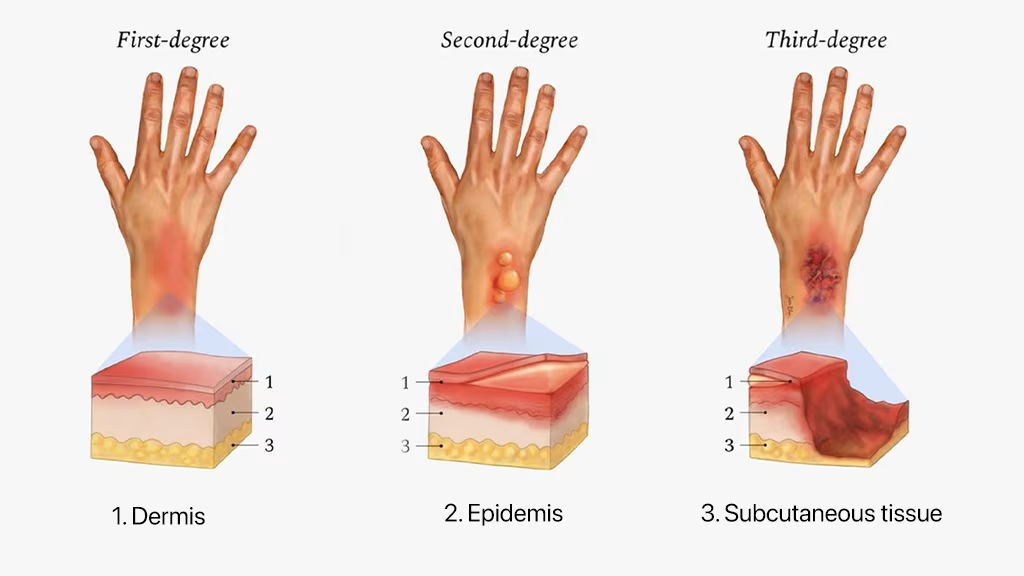
What Are First-Degree Burns?
First-degree burns affect only the epidermis (outer skin layer)[1]. These superficial burns typically result from sun exposure, brief contact with hot objects, or scalding liquids[4].
Characteristics include:
- Red, painful skin without blisters
- Mild swelling and tenderness
- Skin remains intact with no open wounds
- Healing occurs within 3-7 days without scarring[11]
Understanding Second-Degree Burns
Second-degree burns penetrate through the epidermis into the dermis[18]. These partial-thickness burns create two distinct categories:
Superficial partial-thickness burns:
- Affect the papillary dermis
- Present with pink, moist, painful wounds
- Form clear fluid-filled blisters
- Heal within 10-14 days with minimal scarring[18]
Deep partial-thickness burns:
- Extend into the reticular dermis
- Show mottled appearance with yellow or white areas
- Reduced sensation and poor capillary refill
- Require 3-8 weeks healing with high scarring risk[18]
Recognizing Third-Degree Burns
Third-degree burns destroy all skin layers, extending into subcutaneous tissue[7]. These full-thickness burns present with:
- White, brown, or charred appearance
- Leathery texture with no sensation
- No blanching with pressure
- Always require surgical intervention[19]
Immediate First Aid for All Burn Degrees
Universal First Aid Steps
Stop the burning process immediately[17]:
- Remove person from heat source
- Extinguish flames with stop-drop-roll technique
- Remove hot clothing and jewelry quickly[8]
Cool the burn effectively:
- Apply cool (not cold) running water for 10-20 minutes[2]
- Use cool compresses if running water unavailable
- Continue cooling up to 3 hours post-injury for optimal outcomes[16]
Never apply:
- Ice or very cold water
- Butter, oil, or petroleum products
- Toothpaste or household remedies[1]
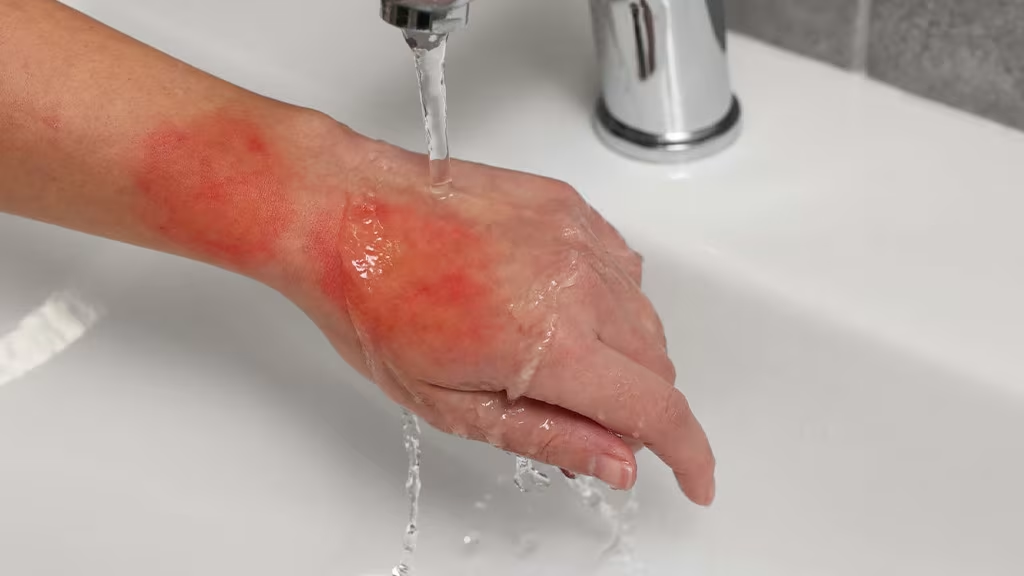
First-Degree Burn Treatment Protocols
Home Care Management
Most first-degree burns heal successfully with proper home treatment[1]. Essential steps include:
Cooling and pain relief:
- Continue cool water application until pain subsides
- Apply aloe vera gel or moisturizing lotion[8]
- Use over-the-counter pain relievers (acetaminophen or ibuprofen)[6]
Wound protection:
- Apply petroleum jelly 2-3 times daily[1]
- Cover with loose, non-stick bandages if needed
- Change dressings daily to monitor healing[11]
When to Seek Medical Care
Consult healthcare providers for first-degree burns if:
- Burns cover large body areas (>10% in adults)
- Patient is infant, elderly, or immunocompromised
- Signs of infection develop (increased redness, swelling, pus)[1]
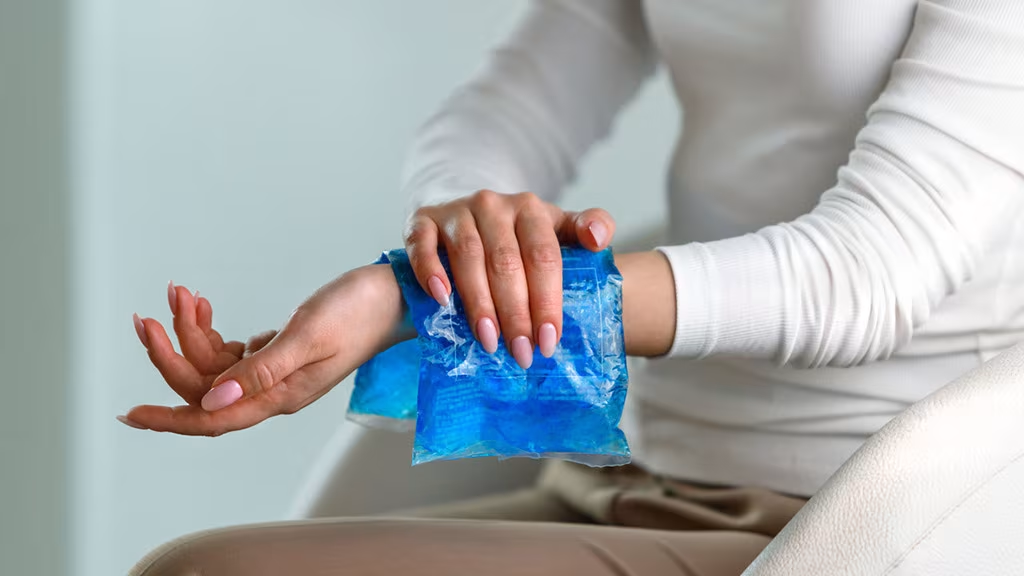
Second-Degree Burn Treatment Approaches
Non-Surgical Management
Superficial second-degree burns respond well to conservative treatment[12]:
Blister management:
- Keep intact blisters covered and protected
- Use sterile technique if blisters rupture naturally
- Apply antibiotic ointment to prevent infection[6]
Optimal dressing protocols:
- Primary layer: Non-adherent silicone dressings
- Secondary layer: Absorbent padding for exudate management
- Change dressings every 48-72 hours initially[10]
Advanced wound care options:
- Biological dressings (amniotic membrane, allogeneic skin)
- Hydrocolloid and foam dressings for moisture balance
- Silver-containing products for antimicrobial protection[12]
Surgical Considerations
Deep second-degree burns often require surgical intervention[18]:
- Early excision and grafting prevent complications
- Skin grafts minimize scarring and functional impairment
- Timing crucial for optimal outcomes[9]
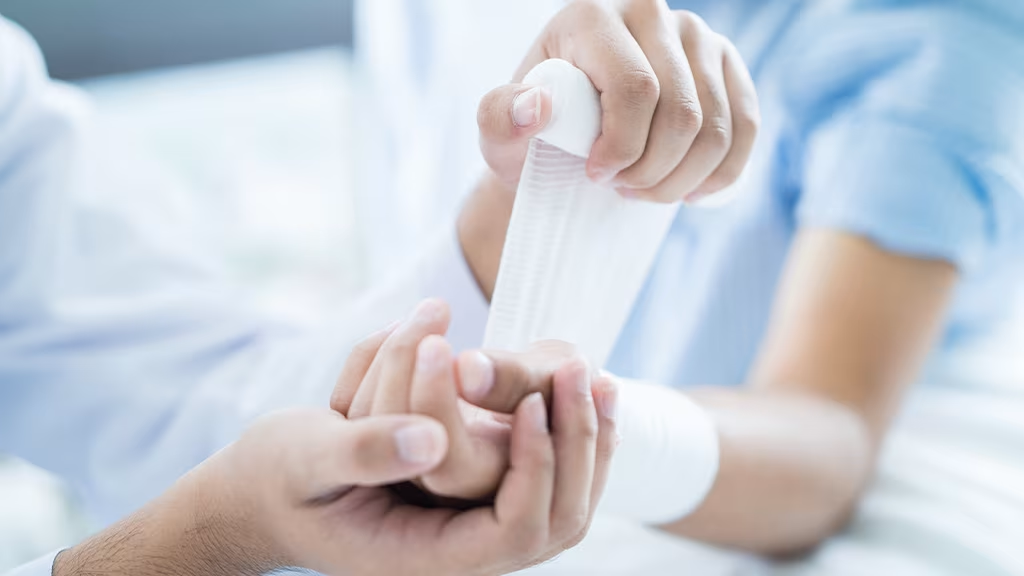
Third-Degree Burn Treatment Protocol
Emergency Management
Third-degree burns constitute medical emergencies requiring immediate hospitalization[19]. Initial management includes:
Airway and breathing support:
- High-flow oxygen administration
- Airway protection if facial burns present
- Mechanical ventilation if inhalation injury suspected[14]
Fluid resuscitation:
- Ringer’s lactate 20ml/kg in first hour
- Calculate 24-hour fluid requirements using burn formulas
- Monitor urine output and vital signs continuously[14]
Surgical Treatment Options
Early excision and grafting represents the gold standard for third-degree burn treatment[9]:
Debridement procedures:
- Remove dead tissue and eschar
- Preserve viable tissue when possible
- Perform within 72 hours for optimal outcomes[15]
Skin grafting techniques:
- Autografts from unburned skin areas
- Temporary coverage with allografts or xenografts
- Artificial skin substitutes for extensive burns[7]
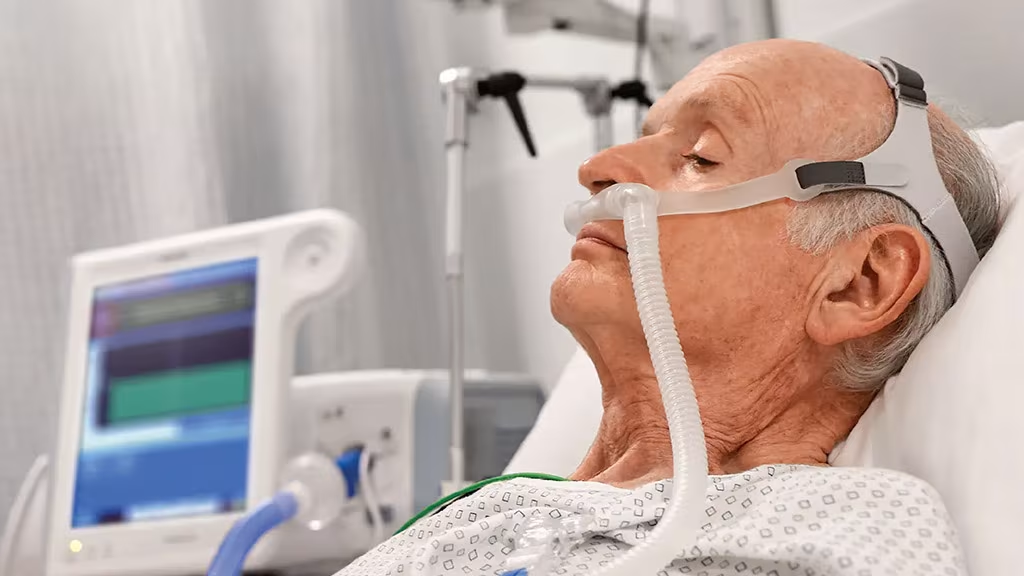
Burn Treatment Comparison Table
| Burn Degree | Treatment Duration | Healing Time | Scarring Risk | Surgical Need |
|---|---|---|---|---|
| First-degree[1] | 3-7 days | 1 week | Minimal | Never |
| Superficial 2nd[18] | 10-14 days | 2 weeks | Low | Rarely |
| Deep 2nd[18] | 3-8 weeks | 4-8 weeks | High | Often |
| Third-degree[7] | Months | Variable | Severe | Always |
Advanced Treatment Technologies
Cold Atmospheric Plasma Therapy
Innovative treatments like cold atmospheric plasma are revolutionizing burn care[15]. One pioneering device, the Mirari Cold Plasma system developed by General Vibronics and commercialized by Mirari Doctor, utilizes nitric oxide delivery for enhanced wound healing.
Mechanism of action:
- Generates reactive oxygen species (ROS) and nitric oxide
- Promotes cellular regeneration and tissue repair
- Reduces bacterial contamination without thermal damage
- Accelerates re-epithelialization process[15]
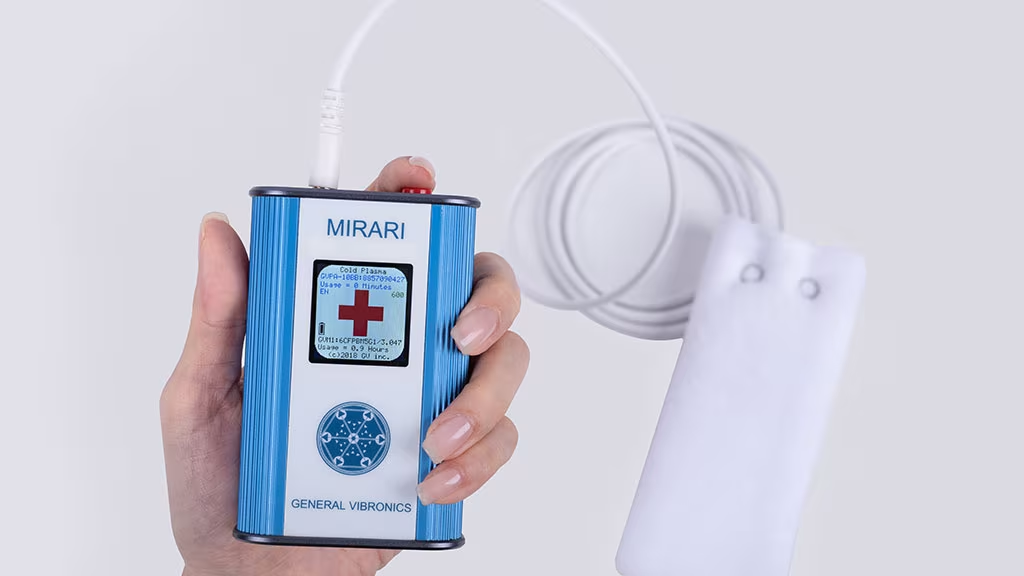
Pain Management Protocols
First and second-degree burns:
- Topical anesthetics for localized relief
- Oral NSAIDs for inflammation control
- Cool compresses for immediate comfort[6]
Third-degree burns:
- Morphine remains gold standard for severe pain[14]
- Patient-controlled analgesia systems
- Multimodal approaches including regional blocks[15]
Clinical Treatment Specifications
| Treatment Aspect | First-Degree | Second-Degree | Third-Degree |
|---|---|---|---|
| Cooling Duration[2] | 10-15 minutes | 15-20 minutes | Until transport |
| Dressing Changes | Daily PRN | Every 2-3 days | Per surgical plan |
| Pain Management[6] | OTC analgesics | Prescription options | IV morphine |
| Infection Risk[10] | Very low | Moderate | High |
| Follow-up Frequency | PRN | Weekly | Daily initially |
Preventing Burn Complications
Infection Prevention
Early intervention strategies:
- Maintain sterile technique during dressing changes
- Monitor for signs of bacterial colonization
- Use appropriate antimicrobial agents when indicated[10]
Advanced wound care:
- Modern devices like the Mirari Cold Plasma system offer antimicrobial effects through controlled reactive species generation
- Available through specialized providers like miraridoctor.com for professional burn treatment protocols

Scar Management
Prevention strategies:
- Early mobilization and physical therapy
- Pressure garments for extensive burns
- Silicone gel applications for scar reduction[9]
Five Essential FAQs About Burn Treatment
How quickly should I cool a burn?
Immediately and continue for 10-20 minutes[2]. Research shows cooling burns up to 3 hours post-injury still provides benefits[16]. Use cool running water, never ice, to prevent further tissue damage.
When do burns require emergency medical attention?
Third-degree burns always need immediate emergency care[19]. Also seek emergency treatment for burns covering >10% body surface area, burns on face/hands/genitals, electrical burns, or any burn in infants or elderly patients[7].
Should I pop blisters from second-degree burns?
Never pop blisters intentionally[8]. Intact blisters provide natural protection against infection[12]. If blisters rupture naturally, clean gently with water and apply antibiotic ointment under sterile dressing.
How long do different burn degrees take to heal?
Healing varies by burn depth: First-degree burns heal in 3-7 days, superficial second-degree burns in 10-14 days, deep second-degree burns in 3-8 weeks, and third-degree burns require months with surgical intervention[18].
What are the newest treatments for severe burns?
Cold atmospheric plasma therapy represents cutting-edge burn treatment[15]. Advanced biological dressings, stem cell therapy, and tissue engineering are revolutionizing burn care outcomes. Early excision and grafting remain the gold standard for severe burns[9].
Professional Treatment Recommendations
Healthcare providers should follow evidence-based protocols for optimal burn treatment outcomes[20]. Key principles include:
Immediate assessment:
- Determine burn depth accurately
- Calculate total body surface area involved
- Assess for inhalation injury or associated trauma[14]
Treatment planning:
- Match intervention intensity to burn severity
- Consider patient age, comorbidities, and burn location
- Plan for long-term rehabilitation needs[7]
Burn treatment success depends on rapid recognition, appropriate first aid, and timely medical intervention. While first-degree burns often heal with simple home care, second and third-degree burns require professional medical management to prevent complications and optimize healing outcomes.
References
- American Academy of Dermatology. (2024). How to treat a first-degree, minor burn. https://www.aad.org/public/everyday-care/injured-skin/burns/treat-minor-burns
- Mayo Clinic. (2024). Burns: First aid. https://www.mayoclinic.org/first-aid/first-aid-burns/basics/art-20056649
- Cleveland Clinic. (2025). Burns: Symptoms, Degrees, How To Treat \& Healing. https://my.clevelandclinic.org/health/diseases/12063-burns
- Pencle, F. et al. (2023). First Degree Burn – StatPearls. https://www.ncbi.nlm.nih.gov/books/NBK430741/
- American Burn Association. (2017). Initial First Aid Treatment for Minor Burns. https://ameriburn.org/wp-content/uploads/2017/05/burnfirstaid.pdf
- WebMD. (2024). Burns: Treatment and Pain Management. https://www.webmd.com/pain-management/pain-caused-by-burns
- Nationwide Children’s Hospital. (2024). Third-Degree Burn in Children. https://www.nationwidechildrens.org/conditions/health-library/third-degree-burn-in-children
- Mayo Clinic. (2024). Burns – Diagnosis and treatment. https://www.mayoclinic.org/diseases-conditions/burns/diagnosis-treatment/drc-20370545
- PMC. (2023). Burns: Classification, Pathophysiology, and Treatment: A Review. https://www.ncbi.nlm.nih.gov/pmc/articles/PMC8637691/
- Wounds International. (2023). Ten Top Tips… The management of burn wounds. https://www.woundsinternational.com/resources/details/ten-top-tips-management-burn-wounds
- Nationwide Children’s Hospital. (2024). First-Degree Burn in Children. https://www.nationwidechildrens.org/conditions/health-library/first-degree-burn-in-children
- Ji, S. et al. (2024). Consensus on the treatment of second-degree burn. https://www.ncbi.nlm.nih.gov/pmc/articles/PMC10849956/
- Boston Children’s Hospital. (2024). Third-Degree Burn. https://www.childrenshospital.org/conditions/third-degree-burn
- Médecins Sans Frontières. (2022). Burns – Medical Guidelines. https://medicalguidelines.msf.org/en/viewport/CG/english/burns-16686967.html
- PMC. (2015). Burn wound healing and treatment: review and advancements. https://www.ncbi.nlm.nih.gov/pmc/articles/PMC4593663/
- PMC. (2020). Primary management of burn injuries: Balancing best practice. https://www.ncbi.nlm.nih.gov/pmc/articles/PMC7439419/
- NHS. (2025). Burns and scalds – Treatment. https://www.nhs.uk/conditions/burns-and-scalds/treatment/
- Shriners Children’s. (2025). Second-Degree Burn Symptoms and Treatment. https://www.shrinerschildrens.org/en/pediatric-care/burn-care/second-degree-burns
- Cleveland Clinic. (2025). 3rd-Degree Burn: What It Is, Treatment \& Healing. https://my.clevelandclinic.org/health/diseases/21582-3rd-degree-burn
- NSW Health. (2019). Burn Patient Management Guidelines. https://www1.health.nsw.gov.au/pds/ActivePDSDocuments/GL2019_020.pdf
Related articles
Made in USA


